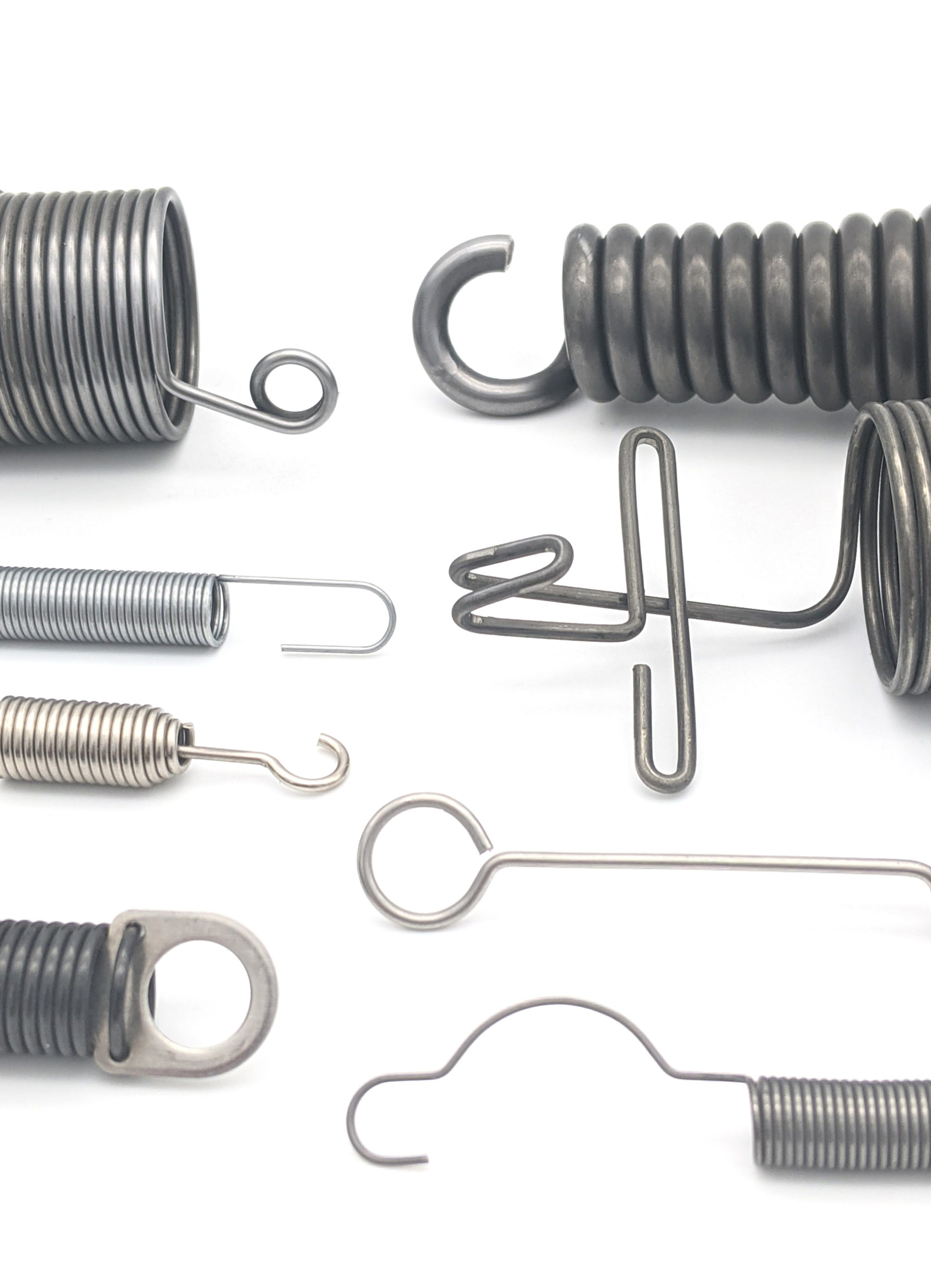Get unique, complex parts easily. No matter your requirements, Chaoyi Spring creates hard-to-produce coil springs and wire forms.
Let us help you create the custom wire form you need, from S-hooks and J-hooks to utility hooks and more.
We work closely with customers across a wide range of industries, helping them design and manufacture made-to-order parts.
Why choose Chaoyi Spring? We prioritize customer-focused collaboration, modern equipment and the latest technology to make your parts per print.
Find the information and guidance you need, from measuring a spring to learning about materials, placing an order and much more.
Tension, ladders, and springs might seem like disparate concepts, but they are actually deeply interconnected through the fundamental principles of physics. Tension, a force that pulls on an object, is


Tension, ladders, and springs might seem like disparate concepts, but they are actually deeply interconnected through the fundamental principles of physics. Tension, a force that pulls on an object, is crucial in understanding the stability of ladders. Springs, with their ability to store and release energy, play a critical role in many applications involving tension, from suspension bridges to everyday objects like door hinges. This article delves into the intriguing relationships between tension, ladders, and springs, revealing how these seemingly simple concepts influence our world in profound ways.

Tension, in simple terms, is the force that exists within a rope, cable, or any flexible object when it is stretched. Imagine pulling on a taut rope – the force you exert on the rope is tension. This force acts in opposite directions along the length of the object, keeping it stretched and resisting any further elongation. Tension is a crucial concept in understanding the stability of structures, such as bridges, and the mechanics of various tools and machines.
Ladders provide a quintessential example of the interplay between tension and stability. When a ladder leans against a wall, it relies on the tension in the rungs and the legs to maintain its upright position. The force of gravity acts on the ladder, pulling it downwards, while the tension in the ladder's structure counteracts this force. A crucial factor in ladder stability is the angle between the ladder and the wall. As the angle decreases, the tension in the ladder increases, making it more prone to buckling. This is why it's always recommended to place a ladder at a steep angle for maximum stability.
Springs are fascinating examples of objects that exhibit elasticity, the ability to return to their original shape after being deformed. They work by storing potential energy when stretched or compressed, and this stored energy is released when the spring returns to its original form. This ability to store and release energy makes springs indispensable in various applications.
The relationship between tension and springs is particularly interesting. When a spring is stretched or compressed, the force exerted on it is directly proportional to the amount of deformation. This relationship, known as Hooke's Law, describes the elastic behavior of springs. The tension in the spring is responsible for storing and releasing this elastic potential energy. This interplay is evident in numerous applications, such as suspension bridges, where tension in cables and the elasticity of springs work together to distribute weight and absorb vibrations.
The concepts of tension, ladders, and springs have wide-ranging applications in our daily lives. Here are some examples:
Tension, ladders, and springs might seem like basic concepts, but they hold the key to understanding a wide range of physical phenomena. By understanding the interplay of these forces and the principles of elasticity, we can appreciate the intricate workings of our world. From the stability of bridges to the mechanics of musical instruments, tension, ladders, and springs play a vital role in shaping our lives.
The next time you encounter a ladder, a spring, or a taut rope, remember the fundamental forces at work. These simple concepts have profound implications, influencing the design of our structures, the functionality of our machines, and even the music we enjoy. By exploring these seemingly simple concepts, we gain a deeper understanding of the complex and interconnected world around us.
Browse some of the custom wire forms and springs that we manufacture. Don’t see what you need? We specialize in made-to-order products that meet your application requirements.
Visit Our GalleryNeed a custom wire form or coil spring? We make it work. Fill out the contact form and a representative will respond within 1 business day. If you have a PDF or CAD file, you can submit to request a quote.